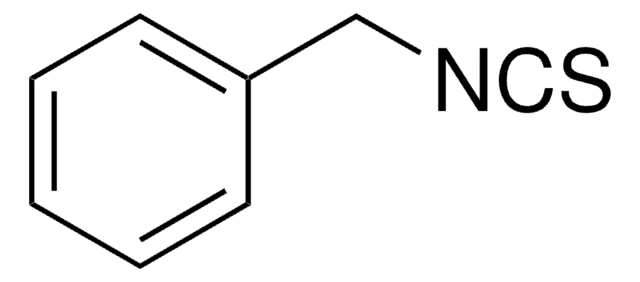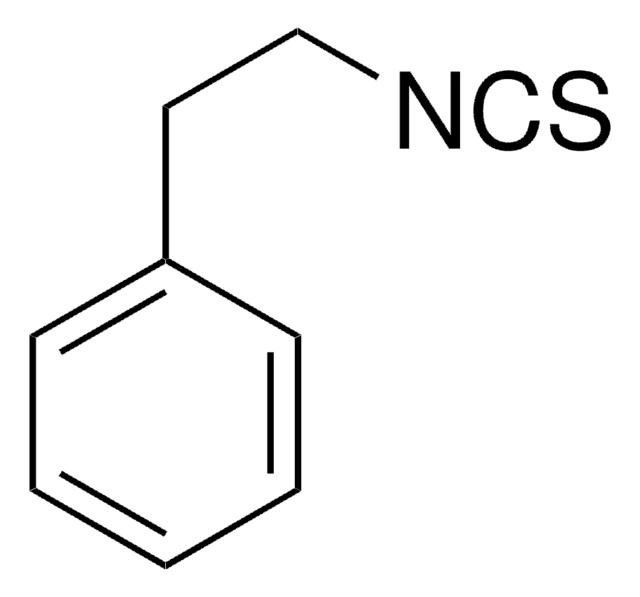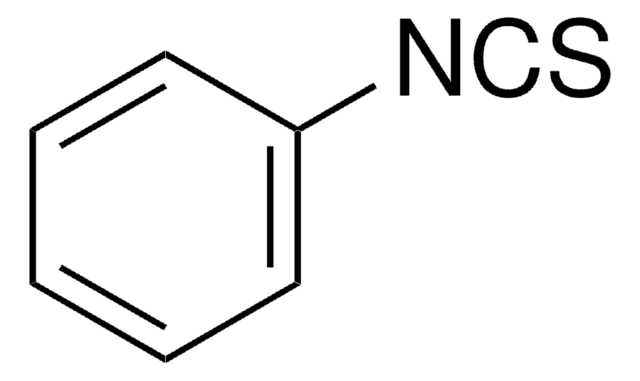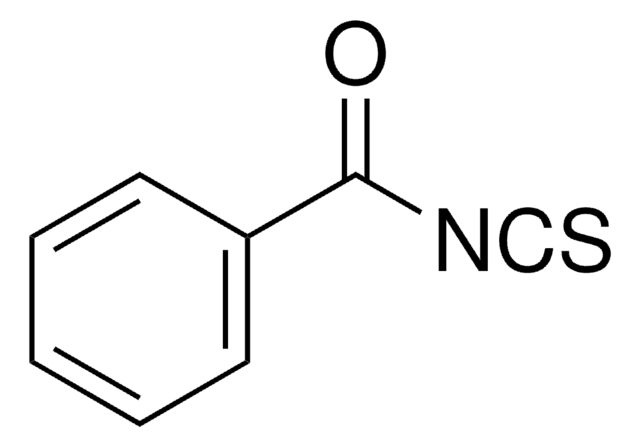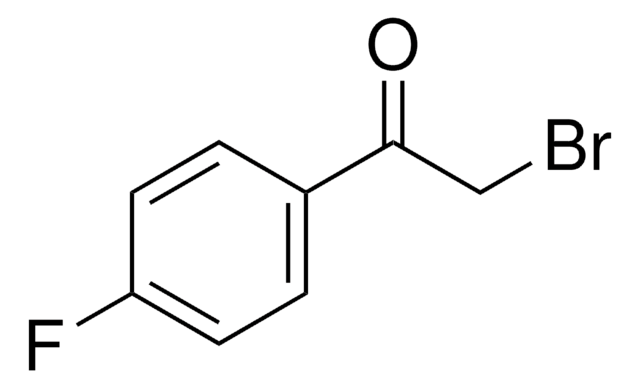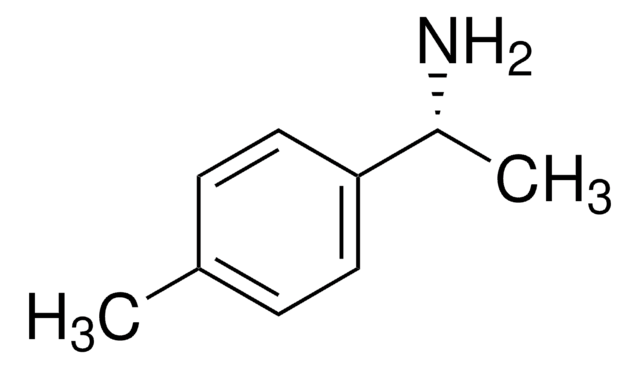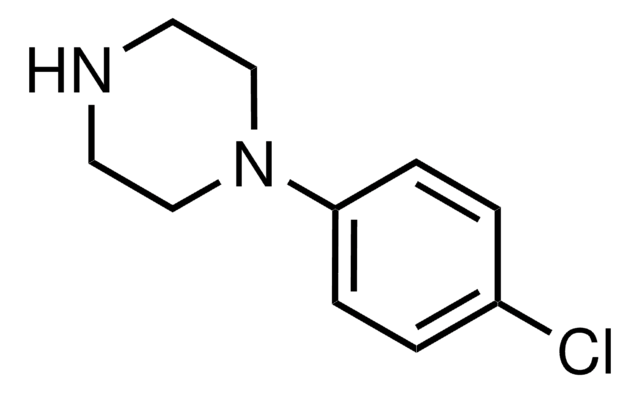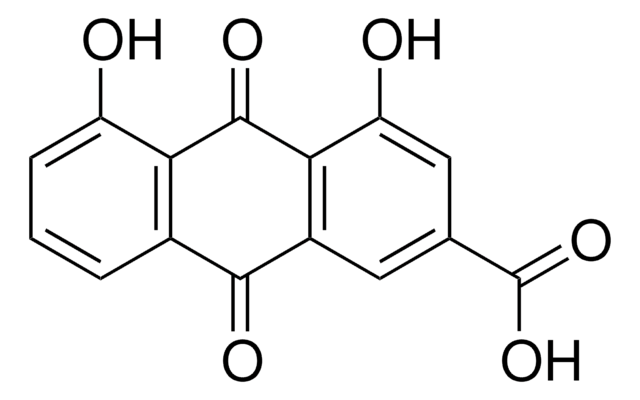253731
Phenethyl isothiocyanate
99%
Synonym(s):
2-Phenylethyl isothiocyanate
About This Item
Recommended Products
Quality Level
assay
99%
form
liquid
refractive index
n20/D 1.5888 (lit.)
bp
139-140 °C/11 mmHg (lit.)
density
1.094 g/mL at 25 °C (lit.)
functional group
amine
isothiocyanate
phenyl
storage temp.
2-8°C
SMILES string
S=C=NCCc1ccccc1
InChI
1S/C9H9NS/c11-8-10-7-6-9-4-2-1-3-5-9/h1-5H,6-7H2
InChI key
IZJDOKYDEWTZSO-UHFFFAOYSA-N
Gene Information
human ... CYP1A2(1544)
Looking for similar products? Visit Product Comparison Guide
General description
signalword
Danger
Hazard Classifications
Acute Tox. 4 Dermal - Acute Tox. 4 Inhalation - Acute Tox. 4 Oral - Eye Irrit. 2 - Resp. Sens. 1 - Skin Irrit. 2 - Skin Sens. 1 - STOT SE 3
target_organs
Respiratory system
Storage Class
10 - Combustible liquids
wgk_germany
WGK 3
flash_point_f
235.4 °F - closed cup
flash_point_c
113 °C - closed cup
ppe
Eyeshields, Faceshields, Gloves, type ABEK (EN14387) respirator filter
Choose from one of the most recent versions:
Already Own This Product?
Find documentation for the products that you have recently purchased in the Document Library.
Customers Also Viewed
Our team of scientists has experience in all areas of research including Life Science, Material Science, Chemical Synthesis, Chromatography, Analytical and many others.
Contact Technical Service